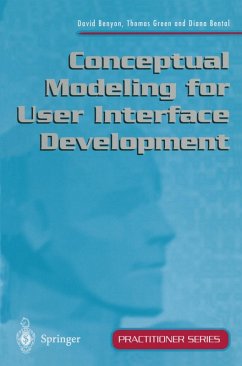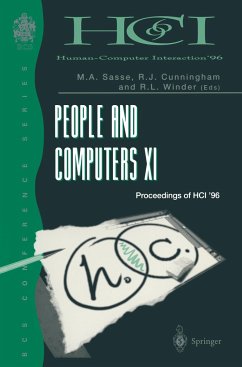
Design of Speech-based Devices
A Practical Guide
Versandkostenfrei!
Versandfertig in 1-2 Wochen
38,99 €
inkl. MwSt.

PAYBACK Punkte
19 °P sammeln!
Developments in technology have made it possible for speech output to be used in place of the more usual visual interface in both domestic and commercial devices. Speech can be used in situations where visual attention is occupied, such as when driving a car, or where a task is complex and traditional visual interfaces are not effective, such as programming a video recorder. Speech can also be employed in specialist adaptations for visually impaired people.However, the use of speech has not been universally successful, possibly because the speech interaction is poorly designed. Speech is funda...
Developments in technology have made it possible for speech output to be used in place of the more usual visual interface in both domestic and commercial devices. Speech can be used in situations where visual attention is occupied, such as when driving a car, or where a task is complex and traditional visual interfaces are not effective, such as programming a video recorder. Speech can also be employed in specialist adaptations for visually impaired people.
However, the use of speech has not been universally successful, possibly because the speech interaction is poorly designed. Speech is fundamentally different from text, and a lot of the problems may arise due to simplified text-to-speech conversion. Design of Speech-based Devices considers the problems associated with speech interaction, and offers practical solutions.
However, the use of speech has not been universally successful, possibly because the speech interaction is poorly designed. Speech is fundamentally different from text, and a lot of the problems may arise due to simplified text-to-speech conversion. Design of Speech-based Devices considers the problems associated with speech interaction, and offers practical solutions.














